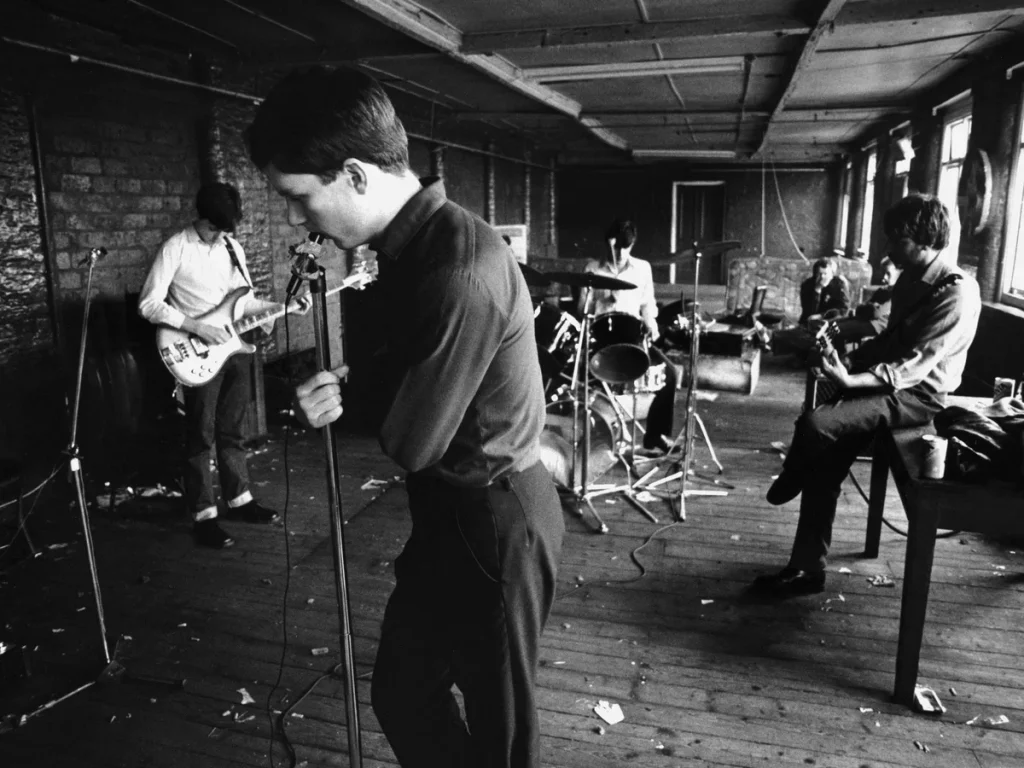
James Chambers, better known as Jimmy Cliff, one of Jamaica’s most prolific and celebrated performers, and an inductee into the Rock and Roll Hall of Fame, has been hailed as the first true superstar of Jamaican music. As a uniquely gifted singer-songwriter, Cliff was among the earliest artists to bring reggae to a global audience. With more than 25 studio albums to his credit, he was the only living musician to have received the Jamaican government’s Order of Merit for his contributions to national culture. Yet his path to international acclaim was far from straightforward. Born James Chambers in Adelphi, a small, rural town on Jamaica’s north coast near Montego Bay, Cliff’s early life was marked by poverty, controversy, and prejudice.

Following the dissolution of his parents’ marriage, Cliff and his older brother were raised by their father, a Pentecostal Christian, in a modest two-room shack. When Hurricane Charlie destroyed their home in 1951, Cliff was forced to live for a time with his aunt and grandmother on a nearby farm. At Somerton All Age School, his intelligence was quickly recognized by a teacher who recommended that he pursue studies in electronics at Kingston Technical High School. Moving to Jamaica’s capital of Kingston in the late 1950s, Cliff began studying electronics while simultaneously entering talent contests under the stage name Jimmy Cliff.

Cliff’s appearance at the 1964 World’s Fair in New York brought him to the attention of Island Records founder Chris Blackwell, who brought him to London two years later and promoted him as a soul singer, backed by musicians who would later form Mott the Hoople. Even before Bob Marley’s international breakthrough in the 1970s, Cliff introduced Jamaican rocksteady to U.S. audiences through his starring role in the 1972 cult classic film The harder they come. His portrayal of Ivan in the groundbreaking film drew on elements of his own youthful experiences. The film’s soundtrack became a reggae primer for many listeners unfamiliar with the genre, with Cliff contributing four songs, including his enduring You can get it if you really want, which reached number two on the U.K. singles chart; the title track, The harder they come; and the soulful ballad Sitting in limbo.

Cliff was among the first Jamaican vocalists to relocate to London in pursuit of greater recognition. He also became one of the earliest artists to make a significant impact in South America and Africa, broadening his musical output to reach diverse audiences.

Cliff was also the first reggae singer to assume a leading role in a feature film (The harder they come) which introduced international audiences to Jamaica’s vibrant musical culture. His distinctive style of reggae, infused with non-Jamaican musical elements, resonated strongly in Africa, leading to performances in Nigeria in 1974 and a subsequent tour of West Africa three years later.
This according to Jimmy Cliff: An unauthorized biography by David Katz (Oxford: Signal Books, 2011; RILM Abstracts of Music Literature 2011-18440).
Jimmy Cliff passed away on 24 November 2025 at the age of 81.

Related Bibliolore posts:
https://bibliolore.org/2018/11/29/reggae-as-intangible-cultural-heritage/
https://bibliolore.org/2019/05/16/maldita-vecindad-and-activism/


































